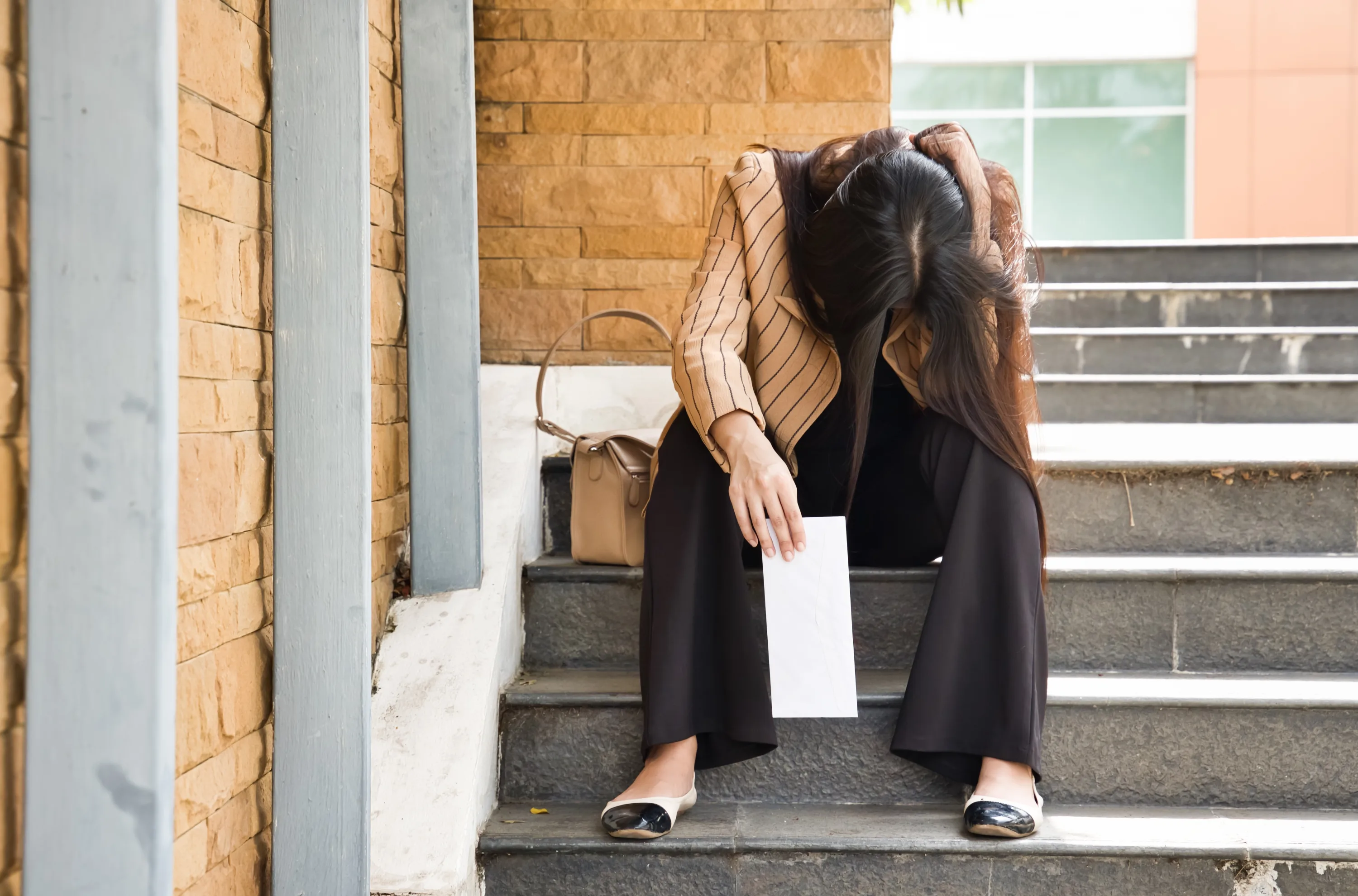Utility expenses can change drastically throughout the year with changes in the climate. Heat-related bills increase in the winter, and cooling expenses soar in the summer. You may qualify for help with electric bill payments and other utility charges if your household meets the income requirements for your area.
One government assistance program that may help reduce your utility bills is the Low Income Home Energy Assistance Program (LIHEAP). The federal government issues block grants to states that administer the funding to low-income residents.
The maximum household income you can have and still qualify for LIHEAP help varies by area and the size of your family. Generally, households earning less than the federal poverty level may qualify. If your household earns less than your state’s limit, then the government may cover a portion of your utility bill or appliance repair costs.
Most states offer financial help for cooling and heating costs, but some only provide funds for one or the other. For example, Alaska does not have cooling assistance funds, and Puerto Rico does not have heating assistance.
Your state may have heating and cooling minimum and maximum benefit amounts. The 2022 benefit amounts for Alabama, for example, are as follows:
- Heating – $580 minimum and $880 maximum; crisis $1,110 maximum
- Cooling – $620 minimum and $820 maximum; crisis $990 maximum
You will need to apply to the program during specific timeframes. These periods usually correspond with the season. For instance, you may need to apply for cooling assistance during June through September and heating assistance during October through May.
You can seek emergency help with electric bill charges if your household has members that need electricity-dependent equipment to live, such as breathing machines and home dialysis equipment.
LIHEAP may also help you weatherize your home for more efficient heating and cooling. Your income may need to be less than the standard LIHEAP eligibility requirements to receive weatherization funds. Or, your state may consider you for weatherization benefits if you receive Supplemental Security Income or other types of government aid.
Each state has weatherization services as part of the federal Department of Energy’s (DOE) Weatherization Assistance Program (WAP). States and counties may set their requirements for benefits, and departments may prioritize households with children, seniors, or disabled individuals.
Charitable organizations like the United Way and Salvation Army have utility programs to help reduce the cost of your electricity and other bills. You can also check with local nonprofits and religious organizations that work to benefit the community.
Is your landline or cellphone about to be cut off? Check out the assistance programs available to help reduce your communication bills.








